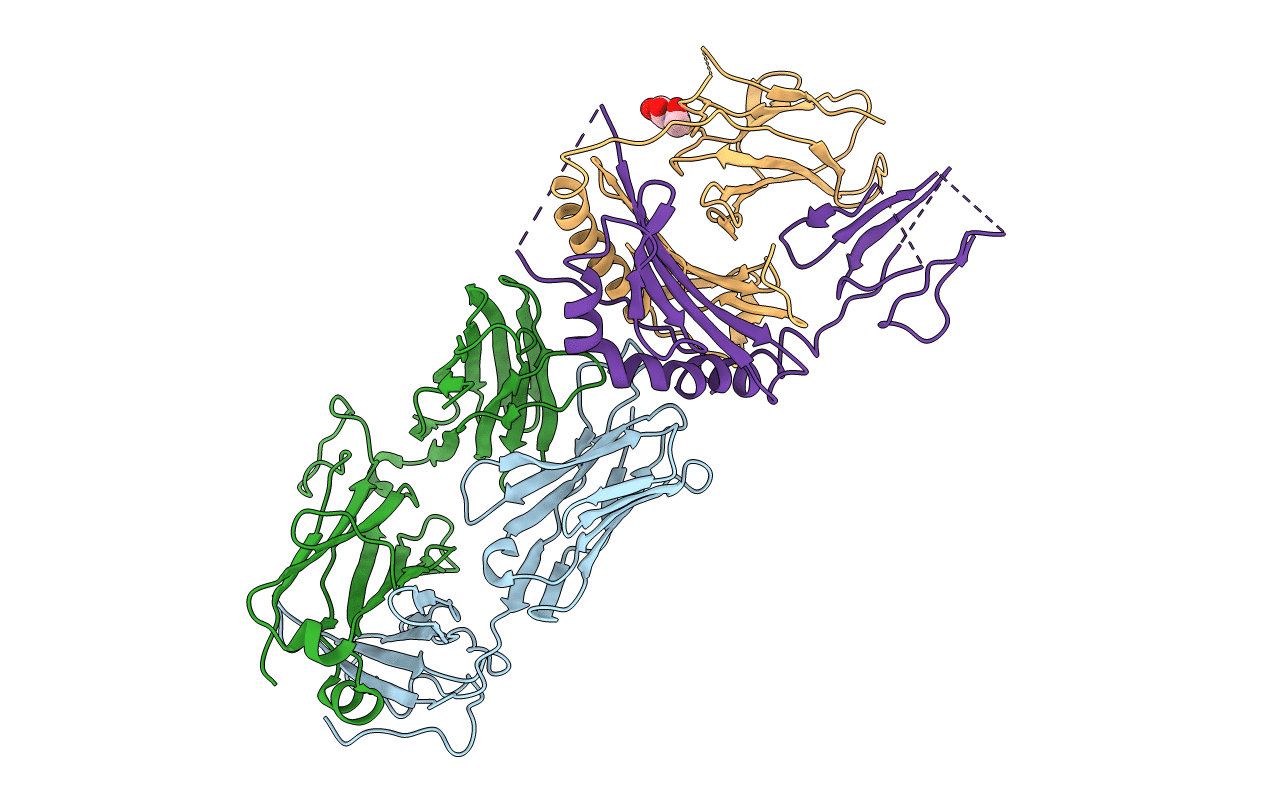
Deposition Date
2018-05-15
Release Date
2019-04-17
Last Version Date
2024-10-09
Method Details:
Experimental Method:
Resolution:
3.10 Å
R-Value Free:
0.28
R-Value Work:
0.23
R-Value Observed:
0.24
Space Group:
P 63


